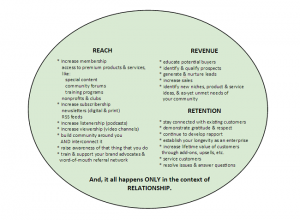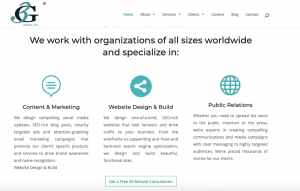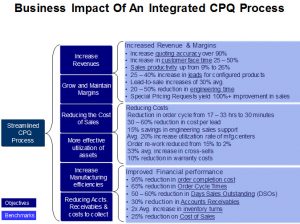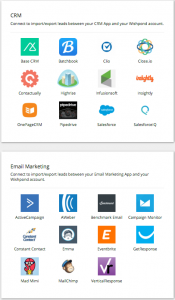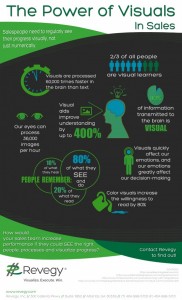How Performance Marketers Can Weather The Pandemic By In-Housing CX Skills, Technology
The COVID-19 crisis has hit “fast forward” on business trends that were already in motion before the crisis hit. The results? While some companies have pivoted to handle changes to their business and operations, most quickly realized they did not have the tools or talent in-house to absorb the initial shock to the system.
For performance marketers, the challenges presented by these changes have been particularly acute. With marketing budgets tightening, performance marketers face that much more pressure to deliver real, tangible results for their companies and clients.
Performance marketers across the board have responded by bringing customer experience talent and technology in-house. Due to the accelerated momentum of ecommerce under COVID, CX is now a mandatory core competency — one that is simply too important to outsource to external vendors.
This process isn’t easy, but when done correctly, brands can maximize return on ad spend by streamlining costs and delivering an efficient, personalized user experience that leads directly to performance outcomes.
Here’s what you need to know about getting in-housing CX right:
Start by Building Deep, Organization-Wide Buy-In
A successful in-housing process means bringing in — and taking ownership of — new technology, new skill sets, and new processes. It means empowering your internal teams in a whole new way, aligned around new goals, measured with new metrics, and managed differently than ever before.
Perhaps most difficult of all, it means changes to your organization’s culture.
These types of organizational changes aren’t made overnight. And they are rarely successful if taken on in a piecemeal or ad hoc fashion. But when approached as a planned, phased transformation, backed by full executive sponsorship and buy-in from stakeholders around the organization, the results can be remarkable.
Start at the End
Before you can implement the solution, you need to have alignment around the most important strategic goals and outcomes your initiative is going to achieve. Here are key steps to achieving that alignment:
- Create a strong business case. Illustrating the overwhelming value and ROI your transformation can deliver will earn you the executive sponsorship and organizational support you need to succeed.
- Set a vision. After your transformation is complete, how do you envision your company and brand being perceived by customers? Your vision is the ultimate destination for your people, process, and technology roadmap.
- Lay out your roadmap. With your vision as the long-term destination, lay out a series of short- and mid-term goals you will hit along the way, serving as momentum-building wins en route to the endgame.
- Define success. Success can’t be subjective. To establish and maintain credibility for your initiative, define clear success metrics, how you will measure them, and how they will be communicated throughout the organization.
Go Beyond Titles to Jobs to Be Done
With the foundation of your martech initiative set, it’s time to plan the onboarding of your new tech and processes, and how you’ll scale them across the organization. From a people standpoint, you are going to have a skills gap.
Rather than immediately defining new job titles and hiring to fill them, first examine the nature of the jobs to be done. Begin by breaking out the main functional areas of work. For a martech-centric transformation, these might be data access, strategy and insights, planning and operations and data scie
In each of these areas, list out the critical tasks, map those tasks to skills, and lay out when and for how long those skills will be needed during your transformation. Depending on the timing and intensity of need for a particular set of skills, you will either hire, contract, or rely on the martech vendor to fill that gap. Taking this approach will reduce costs over the length of your initiative, and ensure lean, agile, and customer-focused in-house teams.
Evaluate Your Organizational Maturity
With the company’s people resources identified, it’s time to map those jobs into the organizational structure. The old structure will likely be a force-fit. But there is no need for a radical reorganization, either. Instead, take a phased approach.
At the outset of a transformation, many organizations are aligned around marketing channels — with business and tech resources individually assigned to an ecommerce team, a stores team, a CRM team, and others. Quick wins can be achieved from within this type of structure. As these wins help build momentum for change, the company will progress to increasingly more efficient and value-laden journey-centric — and finally customer-centric — organizational structures.
From Quick Wins to Lasting Value
As companies progress through the organizational maturity model, we have seen tech and processes adapt in short order. These organizations graduate from quick wins to achieving a lasting competitive advantage that establishes them in a leadership position for the long haul.
For performance marketers, there has never been a better time to begin this journey.(51)
Report Post

